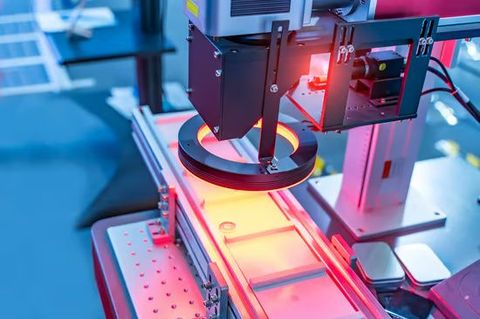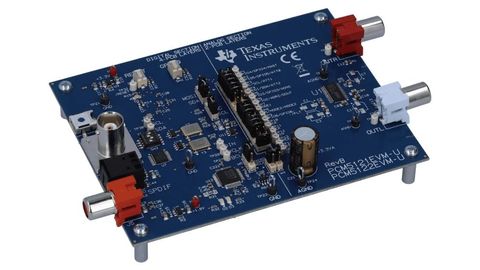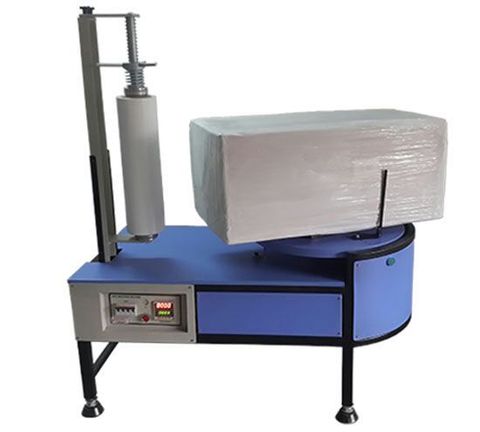Industrial Vibration Sensors: An Informative Overview to Explore Key Facts and Technical Details
Industrial vibration sensors are devices designed to detect and measure mechanical vibrations in machines, equipment, and structures. They work by converting physical movement into electrical signals, which can then be monitored and analyzed. These sensors may measure acceleration, velocity, or displacement, depending on the technology used.
They exist because vibration is a natural part of machinery operation. While some vibration is normal, unusual patterns can signal developing issues such as imbalance, misalignment, friction, or mechanical wear. Measuring vibration provides insights into the internal condition of equipment without needing disassembly. This foundation makes vibration sensors essential in industries that rely on rotating machinery, structural monitoring, and long-term asset performance tracking.
Why Industrial Vibration Sensors Matter Today
Enhancing Reliability and Reducing Failures
Vibration sensors support early detection of mechanical problems. Abnormal patterns often appear long before a failure occurs, giving maintenance teams valuable time to act. This reduces unplanned shutdowns and keeps industrial operations stable and predictable.
Improving Workplace and Equipment Safety
Equipment that vibrates excessively can become unsafe. A loose component, cracked shaft, failing bearing, or unstable structure may escalate into hazardous conditions. Sensors help detect unsafe changes early, contributing to safer workplaces and preventing equipment-related incidents.
Supporting Energy Efficiency
Machines that vibrate unnecessarily often consume more energy. By identifying mechanical inefficiencies—such as friction or imbalance—vibration measurements help optimize equipment performance and reduce energy waste.
Aligning With Modern Industrial Technologies
The growth of IoT systems, digital twins, machine learning, and predictive analytics has transformed vibration monitoring. Many sensors now contain microprocessors, self-diagnostic features, or wireless connectivity. They can analyze data locally, transmit it in real time, and integrate with cloud platforms or automated alert systems.
Expanding Uses Beyond Machinery
Vibration monitoring is becoming more common in civil engineering, power distribution, transportation, and even wearable technology. Structures like bridges and towers use vibration data to assess stability. Vehicles use vibration sensors for noise and performance testing. Wearables monitor workplace exposure to mechanical vibration.
Recent Updates, Trends & Innovations
-
Wireless Monitoring Systems (2024–2025): More vibration sensors are shifting to wireless communication, enabling long-distance data transmission without complex wiring.
-
AI and Edge Computing: New sensor designs allow real-time processing directly on the device, reducing the need for external computing power. This includes machine learning models that classify vibration patterns or detect faults automatically.
-
Improved Signal Processing: Advanced filtering and digital processing technologies are making vibration data cleaner, more accurate, and easier to interpret.
-
Safety-Focused Wearable Sensors: New wearable concepts are designed for monitoring worker exposure to vibration, aligning with international safety guidelines and helping organizations track vibration-related risks.
-
Fiber-Optic Vibration Sensing: Distributed fiber systems can measure vibrations across long distances, useful for pipelines, perimeter monitoring, and structural evaluation.
-
MEMS Technology Improvements: Micro-electromechanical systems are becoming more sensitive, energy efficient, and durable, expanding their application in industrial IoT environments.
Regulations, Standards & Policies
Industrial vibration sensing is influenced by several categories of regulations:
Worker Health & Safety Standards
Guidelines exist for hand-arm and whole-body vibration exposure in occupational environments. These standards specify how vibration should be measured and evaluated to protect workers from long-term health risks.
Machinery Safety Requirements
Many industries require monitoring of rotating equipment such as turbines, compressors, and motors. Vibration data often forms part of broader safety and maintenance programs to ensure consistency and compliance.
Structural Monitoring Policies
Civil structures may fall under national or regional building codes that outline requirements for monitoring vibration, especially in high-risk environments such as bridges or tall buildings.
Environmental Regulations
In certain regions, vibration levels must be monitored to prevent disturbance to surrounding areas, especially near residential zones, sensitive ecosystems, or historical structures.
Cybersecurity & Data Management
As vibration sensors integrate with digital networks, they must follow data protection and cybersecurity guidelines to ensure secure transmission and storage of operational information.
Tools & Resources for Vibration Monitoring
Below are helpful tools and resources for understanding or applying vibration sensing:
-
Technical Guides: Many engineering organizations publish documents explaining vibration measurement methods, sensor types, frequency analysis, and installation approaches.
-
Industry Whitepapers: Detailed technical papers offer comparisons of accelerometers, velocity sensors, and displacement sensors, explaining their characteristics and suitable applications.
-
Open Data and Research Papers: Universities and research institutions release vibration datasets used for testing AI models, studying signal noise, or developing predictive maintenance algorithms.
-
Vibration Analysis Software: Numerous desktop and cloud applications allow users to visualize vibration signals, perform spectral analysis, and define thresholds for alerts.
-
Mobile and Web Tools: Calculator tools support frequency conversion, resonance prediction, and basic vibration analysis for engineers and students.
-
Engineering Databases: Online platforms provide reference material about sensor characteristics, installation guidelines, and terminology.
Frequently Asked Questions
What types of vibration sensors are commonly used?
The main types include accelerometers, velocity sensors, and displacement sensors. Accelerometers measure acceleration over wide frequency ranges. Velocity sensors are often used for rotating machinery. Displacement sensors measure shaft movement or slow structural shifts.
How do vibration sensors help with predictive maintenance?
By detecting early signs of friction, imbalance, misalignment, or bearing wear, vibration sensors allow engineers to plan maintenance at the right time instead of waiting for a breakdown. This supports longer machine life and fewer interruptions.
Do vibration sensors require calibration?
Yes. Regular calibration ensures accuracy, especially in environments with temperature changes, heavy loads, or long-term operation. Calibration intervals depend on manufacturer guidelines and operating conditions.
Are vibration sensors used outside industrial settings?
Yes. They are used in bridges, tunnels, vehicles, aerospace systems, consumer electronics, and occupational health monitoring. Many modern devices contain compact sensors for stability, navigation, or noise evaluation.
What factors should be considered when choosing a vibration sensor?
Important considerations include frequency range, sensitivity, mounting method, environmental resistance, and the type of measurement required—acceleration, velocity, or displacement.
Conclusion
Industrial vibration sensors provide vital insights into how machinery and structures behave under real-world conditions. They help identify mechanical issues early, prevent failures, support worker safety, and make equipment more efficient. Recent advancements such as wireless connectivity, AI integration, improved micro-sensors, and advanced signal processing are expanding their usefulness across industries.
Regulations addressing safety, environmental impact, and cybersecurity are shaping how sensors are deployed and how their data is managed. A growing number of tools and resources—ranging from technical manuals to advanced analytics platforms—makes vibration monitoring more accessible and informative.






